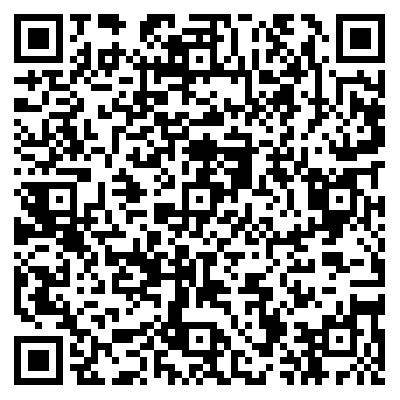Modern embroidery machines are intricate devices that combine sophisticated technology with mechanical precision to create intricate embroidered designs. Their inner workings involve a combination of hardware and software components that collaborate seamlessly to bring digital designs to life on fabric. Here's a high-level overview of the key components and processes involved in the inner workings of a modern embroidery machine:
-
Frame and Hoop System: Embroidery machines typically consist of a rigid frame that holds the fabric taut during the stitching process. A hoop is used to secure the fabric within the frame, ensuring it remains in the correct position while the machine operates.
-
Needle Bar and Needle: The needle bar holds the embroidery needle, which is responsible for stitching the design onto the fabric. The needle moves up and down, piercing the fabric and pulling the thread through to create stitches.
-
Thread Delivery System: Embroidery machines have multiple spools of thread, each corresponding to a different color in the design. The thread is fed through a system of tensioners and guides to ensure proper thread tension throughout the stitching process.
-
Bobbin Case: Below the fabric, a bobbin case holds the bobbin thread, which is used to create the underside of the stitches. The bobbin thread interacts with the needle thread to form the stitches.
oneheadbigsizeembroiderymachineopenframe.jpg)
-
Stabilizer: Stabilizer is a crucial material placed under the fabric to provide support and prevent stretching or distortion during stitching. It helps ensure the design is accurately embroidered.
-
Control System: The control system consists of a computerized interface that allows the user to select and manipulate designs, adjust settings, and control the machine's operations. It often includes a touchscreen display or buttons for user interaction.
-
Design Input and Software: Embroidery machines read digital design files that specify stitch patterns, colors, and other details. These design files are created using embroidery software and can be loaded into the machine via USB drives, memory cards, or direct connections.
-
Motor System: Motors drive the movement of the needle bar, the fabric, and the hoop. These motors are controlled by the machine's computer system to ensure precise stitching and movement.
-
Embroidery Arm: The embroidery arm holds the hoop and moves it in various directions as the design is stitched onto the fabric. The arm's movement is precisely controlled to follow the pattern specified in the design file.
-
Thread Trimming Mechanism: Modern embroidery machines often feature automatic thread trimming mechanisms. After each section of stitching or color change, the machine can automatically trim the thread, minimizing manual intervention.
-
Sensors and Feedback Systems: Embroidery machines are equipped with sensors that provide feedback on thread tension, fabric positioning, and other factors. These sensors help the machine adjust its operations to ensure optimal results.
-
Memory and Storage: Embroidery machines have internal memory or the ability to connect to external storage devices to store and retrieve design files.
Overall, the inner workings of modern embroidery machines involve a delicate dance between mechanical precision and digital control. These machines marry the artistry of traditional embroidery with the efficiency and accuracy of modern technology, resulting in intricate and beautifully crafted designs on a variety of fabrics and materials.

 English
English Español
Español عربى
عربى


